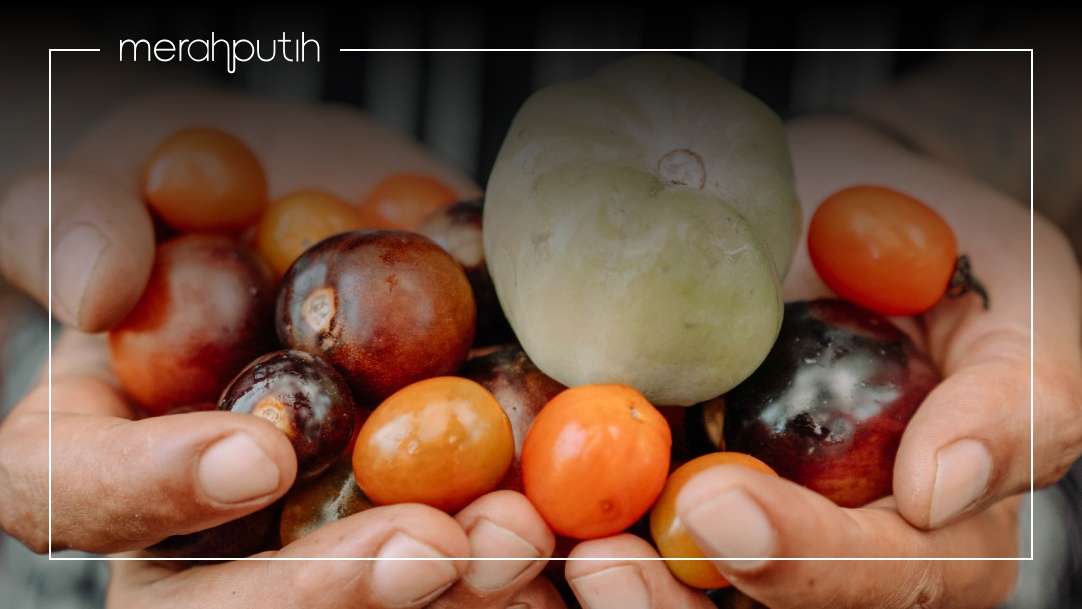When traveling to a new country, be it for work or pleasure, there are bound to be multiple factors to adjust to. From being flexible with the weather, paying in foreign currency, language barriers, and the various do’s and don’ts of local culture, it’s best to be prepared.
The cuisine at the destination is also an aspect of traveling that may make or break your trip. Not only is the food often completely different than the dishes you’re used to eating, the customs and norms surrounding eating and the dining experience may also vary.
In Indonesia, for example, food is heavily intertwined with the culture. Here are just some aspects of Indonesian food culture to expect on your trip.
Family style dining
As it is with most Asian countries, meals are eaten family style. This means that the centre of the dining table is almost always filled with a variety of mains and side dishes to share with a big group, and it’s not often you’ll find each person with an individual dish.
This part of Indonesian food culture is a reflection of the country’s communal values. Sitting at the dinner table together is not just a way of spending quality time with each other; it also makes it easier to tuck into every dish and grab seconds when you want to!
Eating with your hands
While it may be considered unhygienic in other cultures, eating with your hands is common in Indonesia and is considered to provide its own pleasure to the dining experience. You won’t find people digging into their meals with their hands at upper-scale restaurants, but this is still the practice at home, in warungs, and restaurants serving province-specific cuisine.
With this method of eating, only the tip of the fingers are involved instead of the entire palm. It makes it especially easier to tear up meat. For hygiene, most restaurants will place small metal bowls with water and a slice of lime in them on the table. This is used to rinse the hands before and after eating.
Big breakfast
Having carbs for breakfast is a large part of Indonesian food culture. In fact, Indonesians often claim that they aren’t full until they’ve had some rice.
Where a big breakfast in other cultures may involve more protein or vegetables, many breakfast dishes in Indonesia involve rice in some form, for example:
- Congee: rice porridge served with shredded chicken, chopped scallions, crispy fried shallots, and various other condiments
- Nasi uduk: fragrant coconut rice with fried chicken, eggs, stir fried tempeh, and sambal
- Nasi kuning: yellow turmeric rice often served with similar side dishes to nasi uduk
- Soto: yellow broth soup dish containing shredded chicken, eggs, and vermicelli, commonly served with rice
- Lontong sayur: rice cakes and vegetables
These are not only eaten in the morning, but can be a meal for any other time of day as well.
Everything is better when spicy
Heat is an integral part of Indonesian food culture. A different kind of sambal is served with almost every dish, which may already be spicy to begin with. If you don’t handle heat well, be sure to ask for the non-spicy option when ordering at an Indonesian restaurant.
Related article: Can You Handle the Heat from These Spicy Indonesian Foods?
The warung concept
Warungs can be found everywhere across Indonesia. They are the most affordable place to eat, offering a diverse menu for a considerably low price.
Warung is a small Indonesian diner often run by the owner themselves. The establishment exists in different forms from small houses, traditional huts, modern buildings, or streetside stalls. They all serve similar menus of rice with a variety of protein and vegetable side dishes, with prices ranging from IDR 15,000 to 30,000. More proper establishments will cost you more.
The food at warungs is laid out behind a window. The owner will scoop some rice onto a plate. To order, all you have to do is point at the side dish you want as you go down the line.
Finish everything on the plate
In Indonesian culture, a clean plate is a sign of respect. This is not only a cultural norm, but a religious one. In some beliefs, including Balinese Hinduism, rice is attributed to the goddess Dewi Sri. Leaving anything unfinished and therefore thrown away is an offense to the fertility goddess. In fact, older generations would often tell their children that Dewi Sri will cry if they don’t finish the food on their plate.
To experience the fine dining version of Indonesian food culture, visit Merah Putih restaurant during your trip to Bali. Located in the island’s bustling Petitenget area, this establishment serves decadent, elevated dishes adapted from the country’s most beloved recipes. You can also enjoy an array of international wines and cocktails that feature Indonesia’s finest ingredients.
Merah Putih is open for lunch and dinner services. Book a table today and enjoy special gift vouchers.
FAQ
Among the many local food in Indonesia, some of the famous ones that have gained worldwide renown are nasi goreng, sate, soto, and rendang.
As an integral location for the spice trade, Indonesian food is not only rich in flavour but also culture, influenced by the various civilisations it has come across throughout history.
Heat is an integral part of Indonesian food culture. A different kind of sambal is served with almost every dish, which may already be spicy to begin with. If you don’t handle heat well, be sure to ask for the non-spicy option when ordering in an Indonesian restaurant.
While it may be considered unhygienic in other cultures, eating with your hands is common in Indonesia and is considered to provide its own pleasure to the dining experience. You won’t find people digging into their meals with their hands at upper-scale restaurants, but this is still the practice at home, in warungs, and restaurants serving province-specific cuisine.

